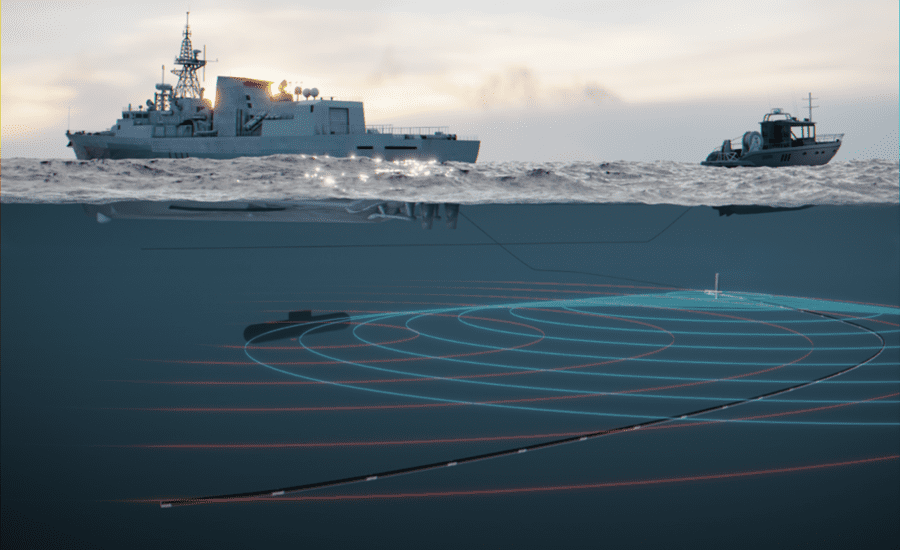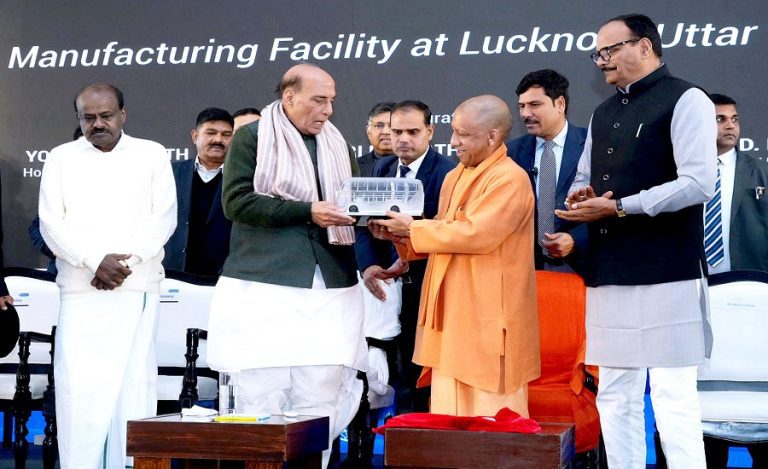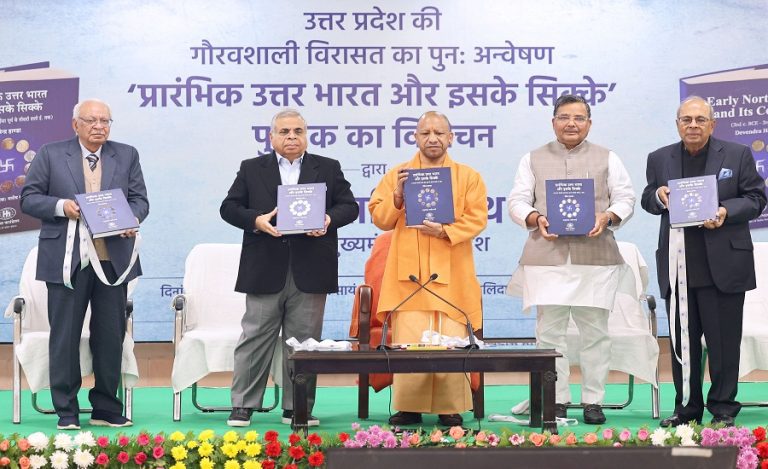New Delhi — India and Australia have signed their first science-and-technology project agreement focused on submarine detection. The three-year collaboration between the DRDO’s Naval Physical and Oceanographic Laboratory and Australia’s Defence Science and Technology Group will jointly develop advanced algorithms and towed-array sonar capabilities for undersea surveillance.
Enhancing Towed-Array Target Motion Analysis
The pact aims to refine Towed Array Target Motion Analysis, a complex process used to detect and track submarines and unmanned underwater vehicles. It will improve algorithm accuracy, efficiency, and interoperability, marking a foundational step in advancing maritime domain awareness.
Amanda Bessell, Discipline Leader at Australia’s DSTG Information Sciences Division, said this work is “crucial” for enabling passive situational awareness when stealth is required. DSTG senior researcher Sanjeev Arulampalam explained that a towed array spans hydrophones to pick up undersea noise, which signal processing systems then analyze to reveal hidden maritime threats.
Also Read: Big Boost to Atmanirbhar Bharat: DAC Approves ₹1.05 Lakh Crore for Fully Indigenous Military Systems
Joint Research, Trials, and Algorithm Validation
The agreement outlines comprehensive collaboration steps: idea exchange, investigative trials, demonstration of new algorithms, and performance assessments between DRDO and DSTG teams. Suneel Randhawa, Chief of the Information Sciences Division, noted the project could shape next-generation undersea combat systems through algorithmic innovation.
Strategic Importance in Indo-Pacific Maritime Security
This collaboration reflects India and Australia’s shared concern over China’s naval assertiveness in the Indo-Pacific. It also demonstrates the practical outcomes of the India–Australia Comprehensive Strategic Partnership, complementing broader defense cooperation and Quad security efforts.
Also Read: SLt Aastha Poonia Becomes Navy’s First Woman Fighter Pilot, Earns ‘Wings of Gold’ at INS Dega



























